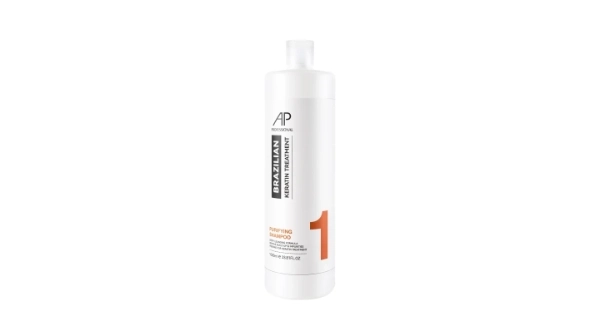Screen printing has long been a favored method for transferring designs onto various fabrics, and the question often arises: Can you screen print on 60% cotton and 40% polyester? The answer is a resounding yes, but achieving high-quality results requires an understanding of the unique characteristics of this fabric blend, as well as the right techniques and materials. In this article, we will delve into the intricacies of screen printing on 60/40 cotton-polyester blends, providing you with practical insights and expert tips to ensure your projects stand out.
Understanding the Fabric Blend
Before diving into the screen printing process, it’s essential to comprehend the properties of a 60/40 cotton-polyester blend. Cotton is known for its softness, breathability, and comfort, while polyester adds durability, wrinkle resistance, and moisture-wicking capabilities. This combination makes the 60/40 blend a popular choice for apparel, especially in activewear and promotional items. However, these properties also present unique challenges for screen printing.
Preparing for Screen Printing
- Choosing the Right Inks: When screen printing on cotton-polyester blends, selecting the appropriate ink is crucial. Plastisol inks are commonly used due to their versatility and ability to adhere well to synthetic fibers. However, water-based inks can also be effective, especially when a softer hand feel is desired. It's important to test the inks on a sample fabric to ensure compatibility and desired results.
- Screen Mesh Selection: The mesh count of your screen plays a significant role in the final print quality. For 60/40 blends, a mesh count between 110 and 160 is generally recommended. A lower mesh count allows for thicker ink deposits, which can enhance opacity on darker fabrics, while a higher mesh count can produce finer details.
- Emulsion and Exposure: The choice of emulsion is critical when working with polyester blends. Use a high-quality emulsion that can withstand the heat of the curing process, as polyester can be sensitive to high temperatures. Ensure proper exposure times to achieve sharp, clean screens.
The Printing Process
- Pre-Press Preparation: Before printing, pre-treat the fabric to enhance ink adhesion. This can involve washing the fabric to remove any finishes or residues that may interfere with the printing process. Additionally, using a heat press to preheat the fabric can help reduce moisture and improve ink bonding.
- Printing Techniques: When printing on 60/40 blends, consider using a flash cure unit between colors if you are layering inks. This helps prevent smudging and ensures that each layer cures properly. For vibrant colors, especially on darker fabrics, a white underbase may be necessary to achieve opacity.
- Curing the Ink: Proper curing is essential for durability and washability. Plastisol inks typically require curing at temperatures between 320°F and 330°F (160°C to 165°C) for about 2-3 minutes. Use a conveyor dryer for consistent results, ensuring that the ink reaches the required temperature throughout the print.
Post-Printing Care
Once the printing process is complete, proper care of the finished product is vital. Advise customers to wash the garments inside out in cold water and avoid bleach to maintain the vibrancy of the print. Additionally, recommend air drying or using a low-heat setting in the dryer to prolong the life of both the fabric and the print.
Troubleshooting Common Issues
Even with the best preparation, issues can arise during the screen printing process. Here are some common problems and their solutions:
- Ink Bleeding: If the ink bleeds, it may be due to insufficient curing or using the wrong ink type. Ensure that the ink is fully cured and consider switching to a more suitable ink for synthetic blends.
- Fading Prints: Fading can occur if the ink is not properly cured or if the fabric is washed improperly. Educate customers on proper care to minimize fading.
- Poor Adhesion: If the ink does not adhere well, check the pre-treatment process and consider using a different emulsion or ink type.
Conclusion
Screen printing on 60% cotton and 40% polyester blends is not only possible but can yield stunning results when approached with the right knowledge and techniques. By understanding the fabric's properties, selecting appropriate materials, and following best practices throughout the printing process, you can create vibrant, durable prints that stand the test of time. Whether you're a seasoned screen printer or just starting, mastering this blend will open up new opportunities for creativity and innovation in your projects. Happy printing!



More Stories
What Is Hypalon Rubber Sheet? Exploring Its Exceptional Weather Resistance
What Is SMC (Sheet Molding Compound)? Complete Guide for Engineers
Metal Packaging: Leading a Sustainable Future for Food Packaging through Infinite Recyclability and Carbon Reduction